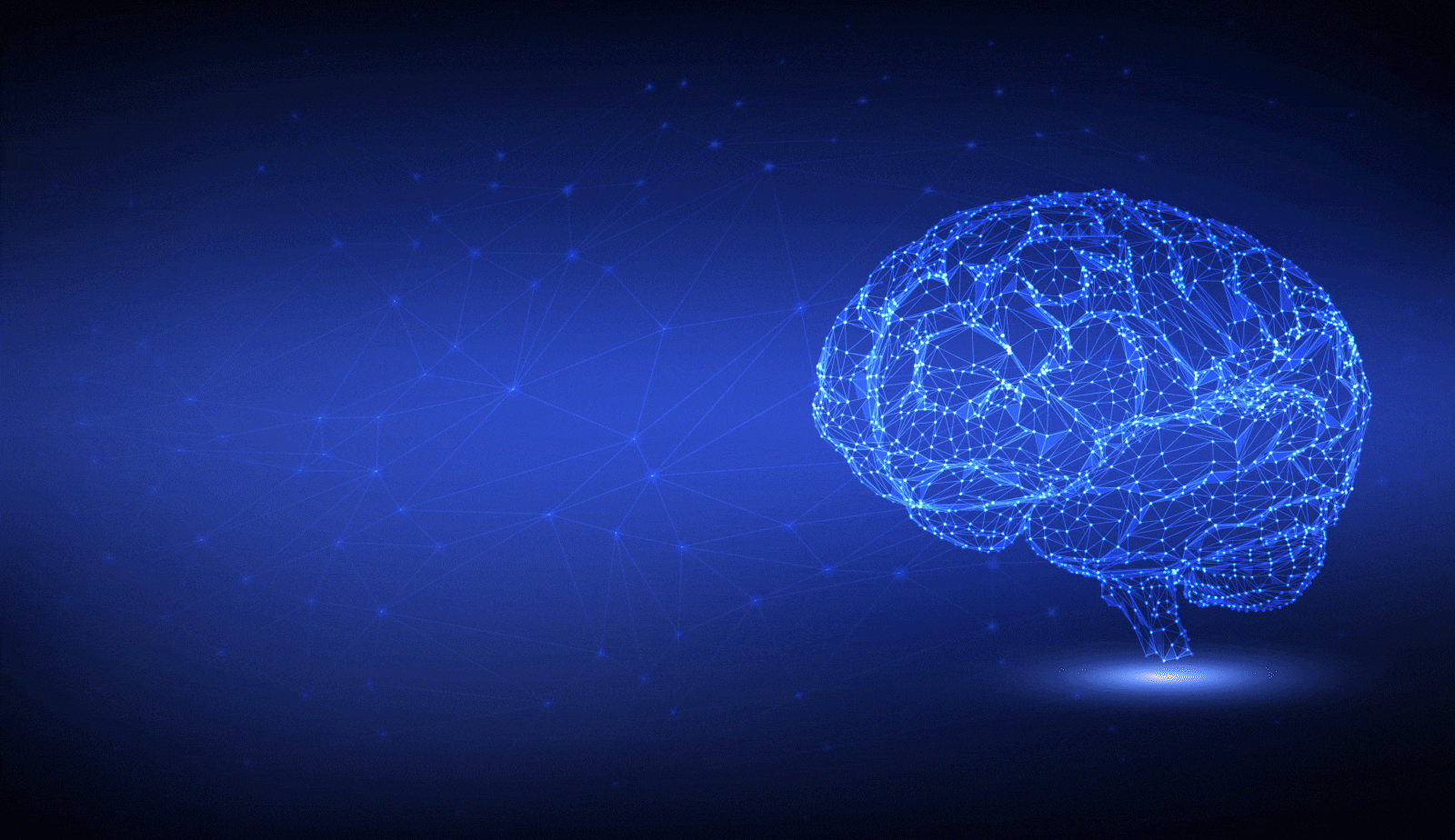

Depression and Transcranial Magnetic Stimulation.
Depression becomes the most common illness by affecting more than 264 million people worldwide. Different mental health conditions such as depression, stress, and anxiety are mounting up globally.
Psychosocial treatments are beneficial for mild depression. For effective treatment of severe and modern depression use of antidepressants is good, but not for mild depression. On the other hand, it’s also evident that sometimes Antidepressants or medications leave some symptoms even after the treatments. In that case, it is advised to go for Transcranial Magnetic Stimulation (TMS).
What is Transcranial Magnetic Stimulation (TMS)?
Transcranial magnetic stimulation, or TMS, is a non-invasive form of brain stimulant.
TMS devices work on the outside of the body and influence the central nervous system's activities by applying strong magnetic fields to particular brain areas associated with depression. Anesthesia is not necessary for the TMS treatment, and it is generally tolerated compared to the side effects often seen with medications and ECT.

How does TMS work?
Approximately 50% to 60% of people with depression who have tried and failed to receive benefit from medications experience a clinically meaningful response with TMS. About one-third of these individuals experience a full remission, meaning that their symptoms go away completely.
Is TMS really effective?

Approximately 50% to 60% of people with depression who have tried and failed to receive benefit from medications experience a clinically meaningful response with TMS. About one-third of these individuals experience a full remission, meaning that their symptoms go away completely.
